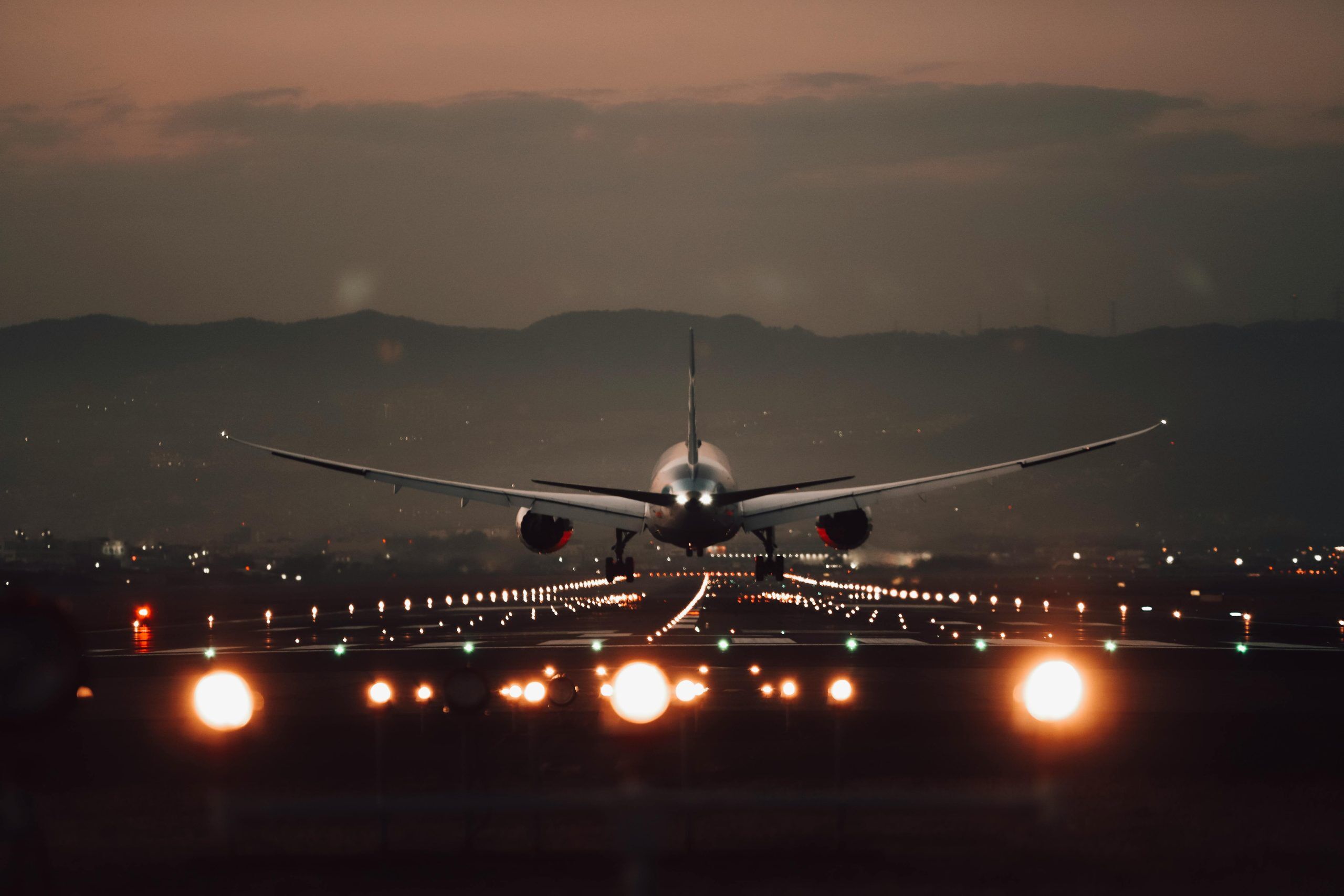Aviation is changing at an astonishing rate, with new technologies reshaping how airlines, airports, and manufacturers operate. Efficiency, safety, and sustainability are no longer optional; they are necessary to remain competitive in a rapidly changing industry. From sophisticated materials in aircraft building to artificial intelligence in flight operations, the most recent developments are redefining performance and dependability. Knowing these developments is not only a benefit for those guiding the sector ahead, but it is also a requirement. Gaining proficiency in the appropriate technologies guarantees better operational efficiency, more intelligent decision-making, and an approach to aviation management that is prepared for the future.

Artificial Intelligence and Data-Driven Flight Operations
Every second, the aviation sector generates an immense volume of data ranging from passenger behavior to aircraft performance measures. Artificial intelligence (AI) is becoming an essential tool in transforming this information into useful insights. By analyzing weather, fuel economy, and air traffic patterns, AI-powered systems optimize paths and hence save operational costs and delays. Machine learning techniques are used by airlines to forecast aircraft maintenance requirements, therefore eliminating unplanned failures and guaranteeing the highest uptime. Additionally boosting luggage handling, security screening, and customer service, AI improves airport operations. Aviation executives have to embrace these developments as AI-powered automation gets more sophisticated if they are to maintain competitiveness and efficiency in an industry driven by data.
Advanced Materials and Lightweight Aircraft Construction
The design of aircraft has changed significantly towards lightweight materials that increase durability and fuel economy. Composite materials like carbon fiber-reinforced polymers—which offer the same strength with significantly less weight are replacing conventional aluminum structures. These components improve the aerodynamics of an airplane, therefore lowering drag and enabling longer flight distances with less fuel consumption. In metallurgy, the most recent developments have also brought titanium alloys that remain lightweight yet resist severe temperatures. Since material science developments directly affect cost savings, sustainability, and general aircraft performance, aviation executives have to stay informed about them. Lighter, stronger, and more efficient aircraft are not just the future; they are already taking off.
Next-Generation Avionics and Real-Time Monitoring Systems
Modern avionics technology has transformed cockpit operations by enabling unprecedented levels of automation and real-time monitoring. To help pilots maximize paths and respond to changing conditions, advanced flight management systems include GPS, satellite connectivity, and artificial intelligence-driven decision-making capabilities. Pilots’ seamless interface from glass cockpit displays helps to consolidate important flight data into intuitive digital readouts. Real-time monitoring systems track engine health, hydraulic function, and fuel consumption, therefore alerting maintenance teams to potential issues before they become significant ones. These developments guarantee aircraft operate at maximum efficiency and reduce human mistakes. Understanding these developments helps aviation management implement strategies that increase general fleet dependability, save maintenance costs, and improve safety.
Sustainable Aviation Technologies and Alternative Fuels
Sustainability is no longer just a regulatory requirement; it is a key factor in aviation’s future. Airlines face pressure to reduce carbon emissions, and new technologies are making this possible. Without changing current engines, sustainable aviation fuels (SAF), obtained from renewable sources such as algae and bio-waste, provide a better substitute for conventional jet fuel. Additionally, hybrid-electric propulsion systems and hydrogen fuel cells are gaining popularity, therefore opening the path for a new era of low-emission air travel. To further lower their environmental effect, airports are using electric ground support vehicles and solar-powered infrastructure. In an increasingly environmentally conscious world, aviation executives see investing in sustainable solutions as a means of securing long-term profitability and industry leadership, not just a means of meeting environmental standards.

High-Performance Aircraft Components and Durability Enhancements
Every element of aircraft manufacturing and upkeep affects longevity, safety, and efficiency. From engine materials to brake systems, high-performance components are built for optimum lifetime under demanding conditions. Advanced alloys and wear-resistant coatings help to increase the lifetime of important components, therefore lowering the frequency of replacements and, hence, the downtime. Even seemingly simple elements like airplane tires, which are designed to withstand extreme pressure, rapid temperature changes, and repeated landings, play an important role in operational reliability. Investing in premium components guarantees that aircraft fleets stay in the best shape and helps to save long-term running expenses. Leaders in aviation who give durability top priority make sure their fleets run at maximum capacity, therefore reducing unanticipated maintenance problems and raising general effectiveness.
Conclusion
The aviation industry is based on innovation, and those who embrace technological advancements will pave the way for the future. High-performance components, next-generation avionics, AI-driven flight operations, sustainable aviation solutions, and advanced materials are not merely fads; they are revolutionizing air travel. Maintaining a lead calls for a dedication to understanding these developments and using them deliberately. Adoption of the correct technology at the correct moment determines efficiency, safety, and sustainability. The future of aviation belongs to those who understand that progress is not an option—it is essential for long-term success in a rapidly changing industry.
In addition to the technologies mentioned above, modern innovations such as Blockchain, Augmented Reality (AR), Virtual Reality (VR), Biometric Technology, 5G, and the Internet of Things (IoT) will enhance knowledge and drive companies toward improved efficiency, sustainability, and customer satisfaction. Embracing and adapting to these advancements will be essential for staying competitive in the fast-evolving aviation industry.